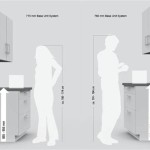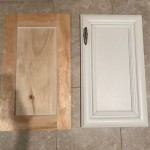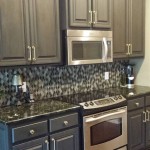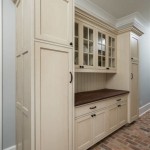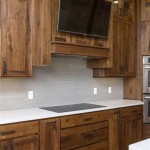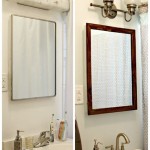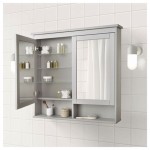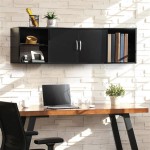The Benefits of Installing Cabinet Cooling Fans on PCB Boards
In the realm of electronics, heat dissipation is a critical aspect of ensuring optimal performance and longevity. As electronic components generate heat during operation, effective thermal management becomes paramount. Cabinet cooling fans play a crucial role in maintaining a stable operating temperature within electronic enclosures, particularly for printed circuit boards (PCBs). This article explores the numerous benefits of installing cabinet cooling fans on PCB boards.
Enhanced Component Lifespan
Excessive heat can significantly impact the lifespan of electronic components. As temperatures rise, components experience increased stress and degradation, leading to a reduction in their operational life. Cabinet cooling fans help mitigate this issue by providing a constant flow of cool air, reducing the overall temperature within the enclosure. This cooling effect lowers stress on components and extends their operating lifespan, minimizing downtime and maintenance costs.
The benefits of lower operating temperatures extend to the entire electronic system. For example, a component's electrical resistance decreases as temperatures rise. This change in resistance can lead to inaccurate readings and false signals within the system. Cabinet cooling fans ensure a consistent temperature environment, minimizing variations in resistance and preventing any potential malfunctions caused by temperature fluctuations.
Improved Performance and Stability
Heat can negatively affect the performance and stability of electronic circuits. Components operating at elevated temperatures may exhibit slower response times, increased noise levels, and even malfunction. By maintaining a cool operating environment, cabinet cooling fans enable components to operate at their optimal performance levels. This results in smoother operation, improved accuracy, and enhanced reliability.
The flow of cool air provided by cabinet cooling fans also helps to dissipate heat from the PCB itself. Heat generated by components can cause the PCB material to expand and contract, potentially leading to warping or delamination. Cabinet cooling fans help to mitigate this issue by reducing the overall temperature of the PCB, ensuring its structural integrity and maintaining the electrical connections between components.
Reduced Power Consumption
While cabinet cooling fans themselves consume a small amount of power, they can actually contribute to reduced overall power consumption by enabling components to operate more efficiently. When components are running at their optimal temperatures, they require less power to perform their functions. Additionally, cooling fans can help to reduce the thermal load on the system, minimizing the need for higher power components to compensate for heat dissipation.
The reduction in power consumption can lead to significant cost savings in the long run, particularly for devices that are used for extended periods or in high-power applications. Additionally, the decrease in energy consumption contributes to environmental sustainability by reducing overall energy usage and carbon footprint.
Increased Safety and Reliability
Elevated temperatures can pose a safety hazard, particularly in enclosed environments. Excessive heat can lead to overheating, which can cause components to melt, ignite, or even explode. Cabinet cooling fans help to prevent such safety risks by maintaining a safe operating temperature within the enclosure. This minimizes the potential for fire or other hazards, ensuring the safety of personnel and equipment.
By creating a stable and cool operating environment, cabinet cooling fans also contribute to increased system reliability. The reduced heat stress on components reduces the likelihood of failures and malfunctions, leading to a more robust and dependable system. This is particularly important in critical applications where system uptime is paramount.
Cabinet cooling fans are an integral part of effective thermal management for electronic enclosures, particularly those housing PCB boards. By ensuring optimal operating temperatures, they contribute to enhanced component lifespan, improved performance and stability, reduced power consumption, and increased safety and reliability. Their installation is often the key to maximizing the longevity and effectiveness of electronic systems in various industries and applications.

Electronic Cabinet Cooling Fans For Prevent Overheating Sofasco

Electronic Cabinet Cooling Fans For Prevent Overheating Sofasco

Electrical Panel Cooling Fans A Complete Overview Benefits Sofasco

Home Theatre A V Cabinet Cooling Fan Controller Codrey Electronics

Thermal Modelling In Enclosure Design Electronic Cooling

Understanding The Cooling Process Of An Electrical Panel For Ease Work Fans Jigo

5 Tips For Selecting An Electrical Panel Cooling Fan

Factory Directly Ip54 204mm Cooling Electrical Panel Exhaust Fan With Filter

Computer Cooling Wikipedia

12cm Ac Fan Kit For Server Rack Cabinet Taa
Related Posts

